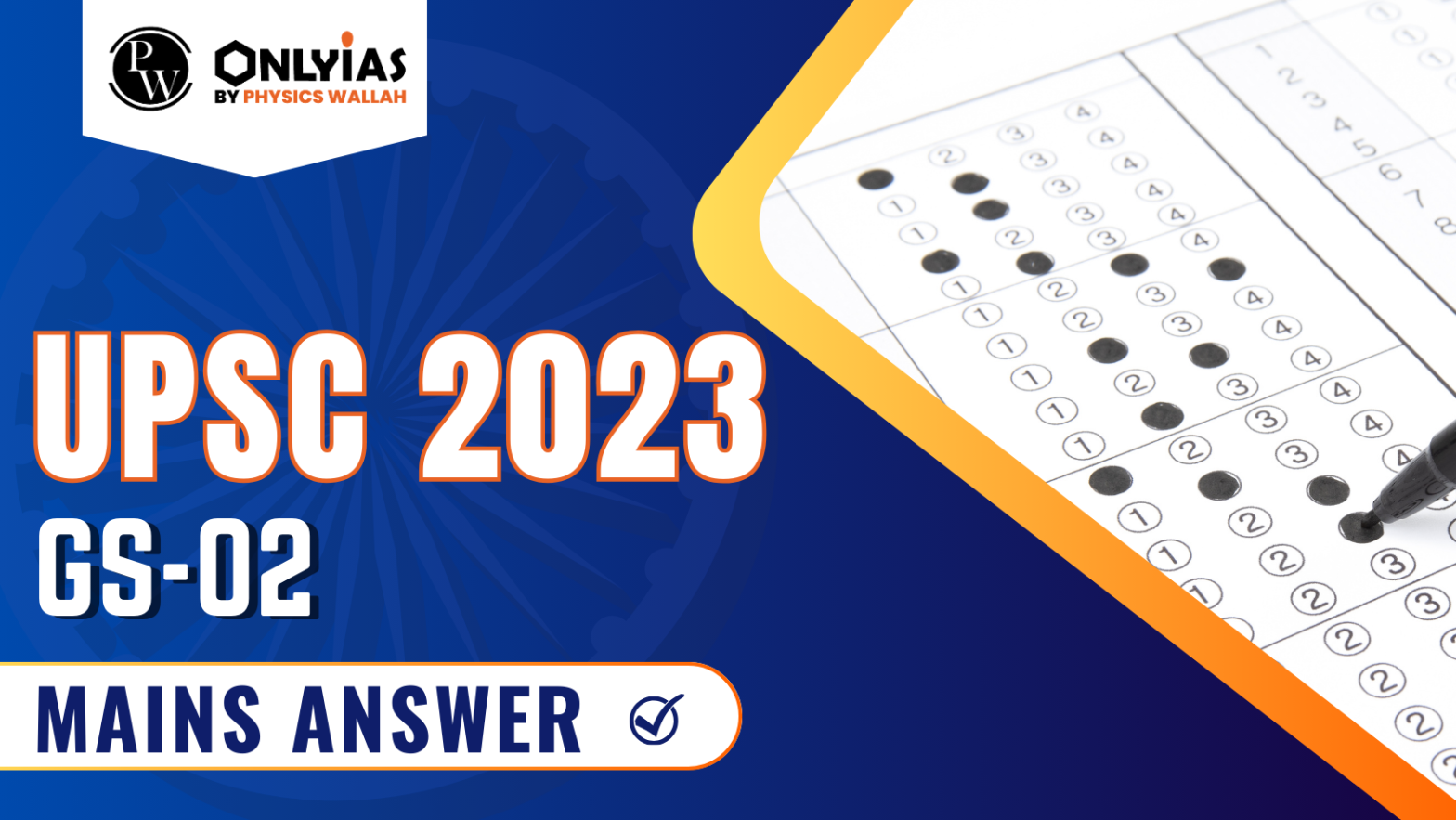Evaluate the role of e-governance in enhancing effectiveness, transparency, and accountability in government operations. Identify the key inadequacies that hinder the advancement of e-governance initiatives.

Q.8 e-governance, as a critical tool of governance, has ushered in effectiveness, transparency and accountability in governments. What inadequacies hamper the enhancement of these features?
| How to approach the question
Introduction ● Write about e-governance briefly Body ● Write how e-governance has ushered in effectiveness, transparency and accountability in governments ● Write inadequacies hampering the enhancement of these features ● Write suitable way ahead in this regard Conclusion ● Give appropriate conclusion in this regard |
Introduction
E-governance refers to the application of information and communication technology (ICT) to deliver government services, exchange information, conduct transactions between government-to-customer (G2C), government-to-business (G2B), government-to-government (G2G), as well as back-office processes and interactions within the entire government framework.
Body
E-Governance Ushered in Effectiveness, Transparency, and Accountability in Governments in the following ways
Effectiveness
Transparency
Accountability
Inadequacies Hampering E-governance Development
Way Ahead in this regard
Conclusion
E-governance has indeed revolutionized the functioning of governments, the journey is far from over. Addressing the existing inadequacies and forging a way ahead with innovative, inclusive, and secure strategies can further deepen the impact of e-governance, creating a governance model that is truly by the people, for the people, and of the people.
| For a Detailed explanation of the UPSC GS-01 Mains question 2023, click here.
For a Detailed explanation of the UPSC GS-02 Mains question 2023, click here. For a Detailed explanation of the UPSC GS-03 Mains question 2023, click here. For a Detailed explanation of the UPSC GS-04 Mains question 2023, click here. |

<div class="new-fform">
</div>